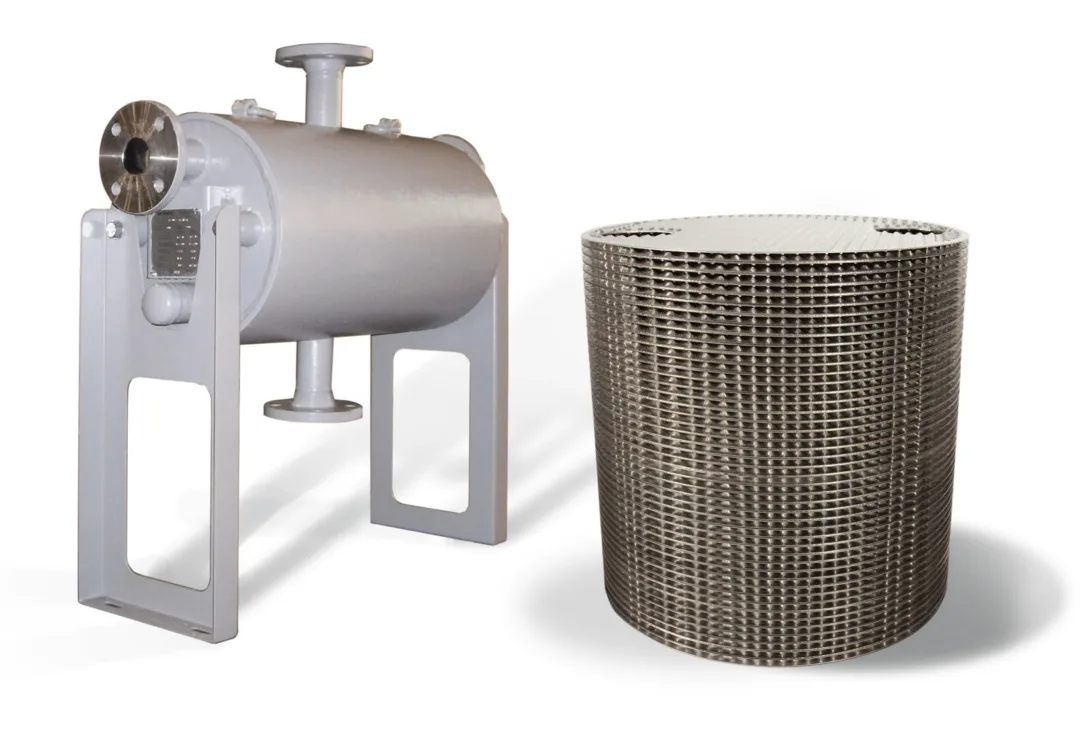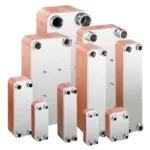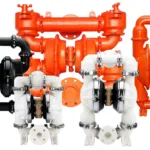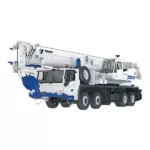Heat exchangers are essential across many different industries because they transfer heat efficiently. On the other hand, they can be used in a lot of ways such as keeping machines at the right temperature in factories and helping power plants save energy. In buildings, they help to maintain an optimal temperature by transferring heat between different air streams in heating and cooling systems. In factories, during the process of making chemicals or refined oil, heat exchangers are crucial for controlling temperatures during reactions. Moreover, they also ensure that food and drinks are safe and high quality by maintaining them at the right temperature. Based on these inferences, heat exchangers are everywhere but they might not be the most visible item. They help industries run smoothly by saving energy and making processes more efficient.
Out of all the heat exchangers technology, the most prominent design is the shell and plate heat exchanger. They are considered special because they combine the best parts of the two other types of heat exchangers – the shell-and-tube and plate heat exchangers. Its design makes it compact and efficient, making it the perfect choice in most situations where heat needs to be moved around. It operates by using a combination of wavy plates and a shell to move heat while taking up less space. Hopefully, by the end of this, you’ll be able to see how useful these heat exchangers are in the modern industry.
Basic Principles of Heat Exchangers
Heat exchange is a process that occurs when heat is transferred from one medium to another without the materials mixing. In simple words, this occurs because one material is hotter than the other, so heat naturally flows from the hotter material to the cooler material until thermal equilibrium is reached. This transfer happens in a lot of our everyday situations, such as when you switch on an air conditioner or a heater to make a room cooler or warmer. As such, heat exchangers are indispensable in factories and other places where there is a need to control temperatures to make things function optimally and save energy.
Design and Functionality
Compact Design
Plate and shell heat exchangers are the ultimate choice for those who have limited space. This is because they are designed to be small and take up less space. Unlike old-fashioned ones that are big and bulky, these are extremely sleek. They use a combination of flat, wavy plates and a shell to transfer heat around. Since they are compact, they are perfect for places where there is not a lot of room or if there is a need to save space.
Heat Transfer Efficiency
Shell and plate heat exchangers enable enhanced heat transfer energy because of their unique design. The wavy plates inside them make liquid flow in a way that mixes everything up, so that heat gets transferred efficiently. This mixing action helps heat move from one fluid to another much better than in other kinds of heat exchangers. Due to this, shell and plate heat exchangers can transfer heat faster and more efficiently, meaning they can save energy and achieve greater efficiency.
Versatility and Adaptability
These heat exchangers are versatile and can work in many different situations. This is due to the fact that they can handle all kinds of fluids like liquids, gas, and even mixtures of both. Moreover, they can be useful in a lot of industries such as making chemicals, generating power, and keeping your surroundings comfortably cool with HVAC systems, along with cooling things down in refrigeration. An added advantage to them is that you can adjust them for whatever job you need, making them a flexible tool to have around.
Advantages Compared to Traditional Designs
Enhanced Heat Transfer Efficiency
As compared to their traditional counterparts, shell and plate heat exchangers have greater heat transfer efficiency. First off, they have wavy plates inside that make liquid flow around in a way that mixes everything up. This mixing ensures that heat is distributed between the fluids much more effectively than in the old design. To illustrate, the old designs had straight tubes or smooth surfaces that did not facilitate mixing well. Another reason why the modern ones are way better is because they are smaller and more compact. This means fluid contained inside does not have to travel as far. There is less resistance, allowing heat to move more efficiently. On top of that, they are also easier to customize for different needs, enabling them to work more efficiently in different situations.
Compact Size
The current shell and plate type heat exchangers are considerably way better than traditional ones. This is because they are designed with flat plates and a shell casing, making them function in a more streamlined manner. In this case, being smaller is better because this means they can fit into tight spaces which is extremely useful in places like busy factories or when there is a need to set up a heating and cooling system in buildings. Unlike older designs that tend to take up more space, shell and plate heat exchangers are more flexible and can be installed in smaller spaces. Overall, this saves space and enables the use of resources in a more efficient manner.
Versatility and Adaptability
Shell and plate heat exchangers are flexible and can be used in many different situations. Unlike some older designs that might only work with certain fluids or conditions, shell and plate exchangers can handle a wide range of fluids including mixtures of two different kinds of liquids and gas. This further enhanced their versatility and adaptability because they can be used in many other industries. On the other hand, traditional designs may be limited in what they can handle and may not work as well in different situations or industries. Modern designs are more versatile and can adapt to different conditions, making them a reliable choice for many different uses.
Conclusion
To wrap this up, we can conclude that plate and shell heat exchangers are a better choice compared to traditional ones. They’re smaller, operate more efficiently, and can handle different situations and fluids, making them functional and useful in various industries. Their ability to promote better flow and transfer heat more effectively means they are a widely sought after option for different uses.







